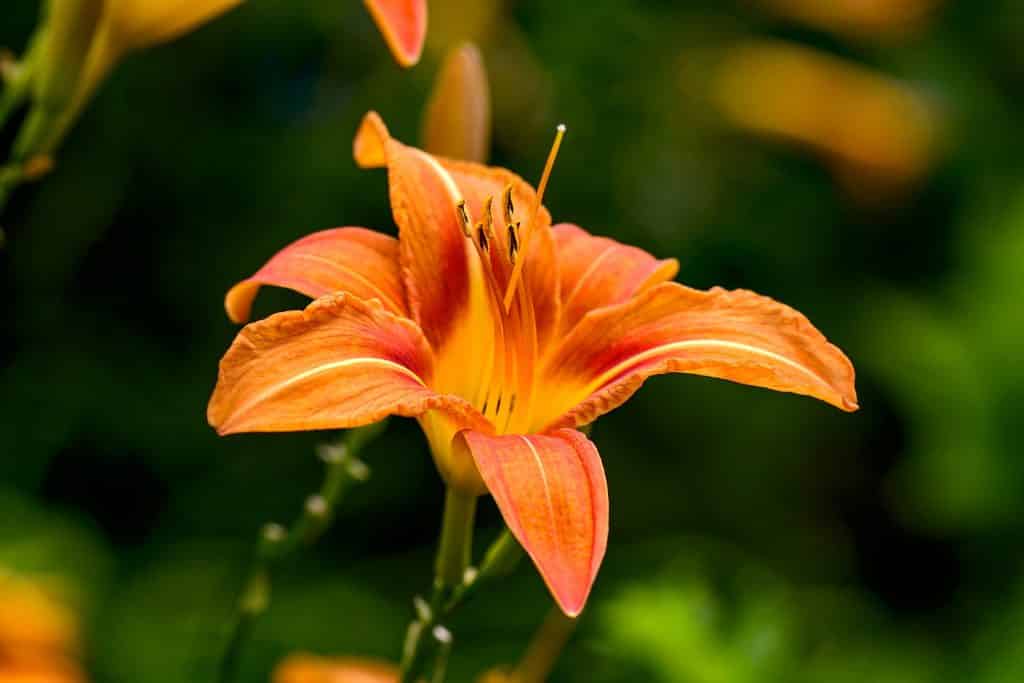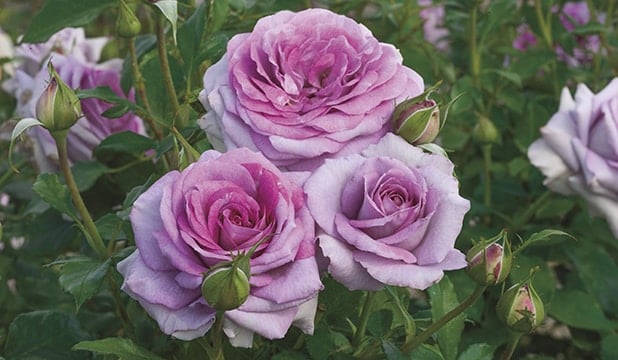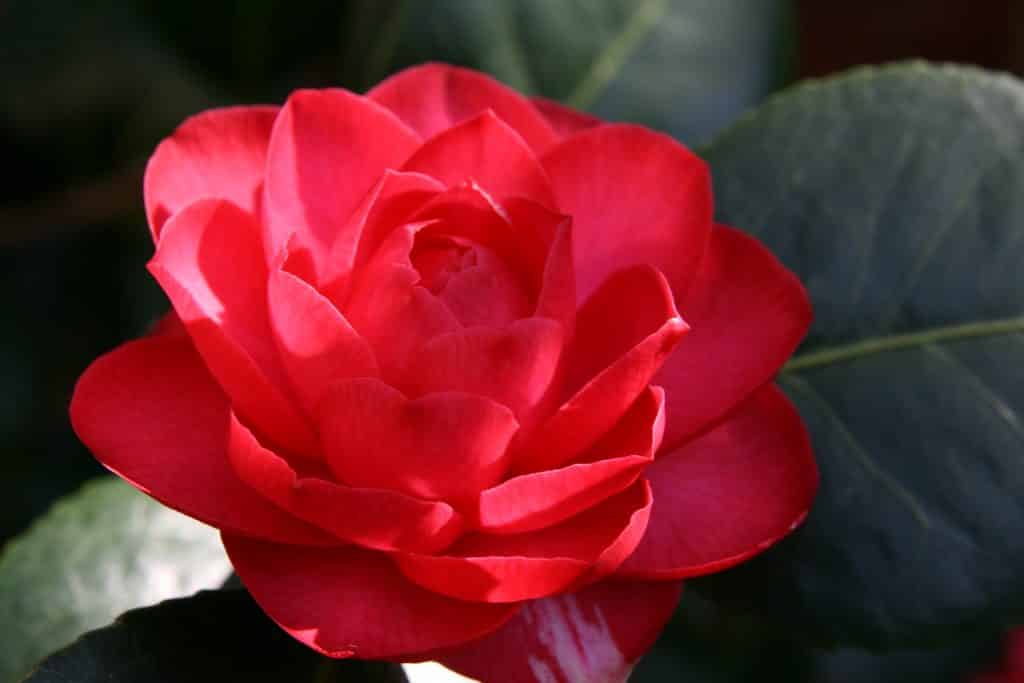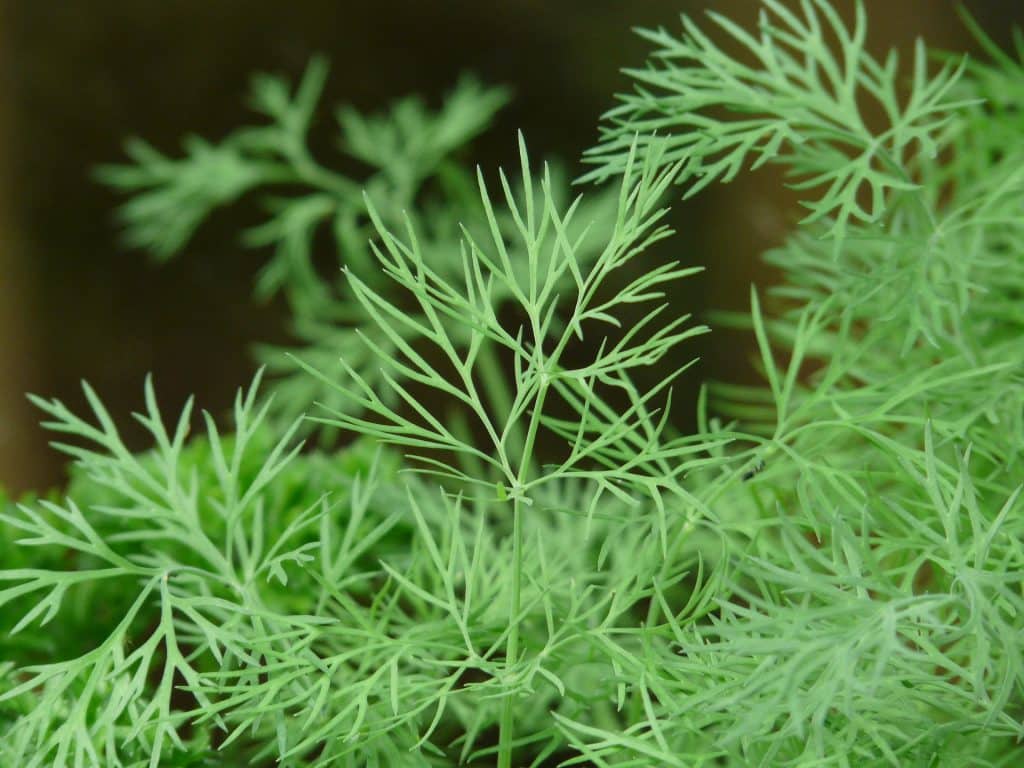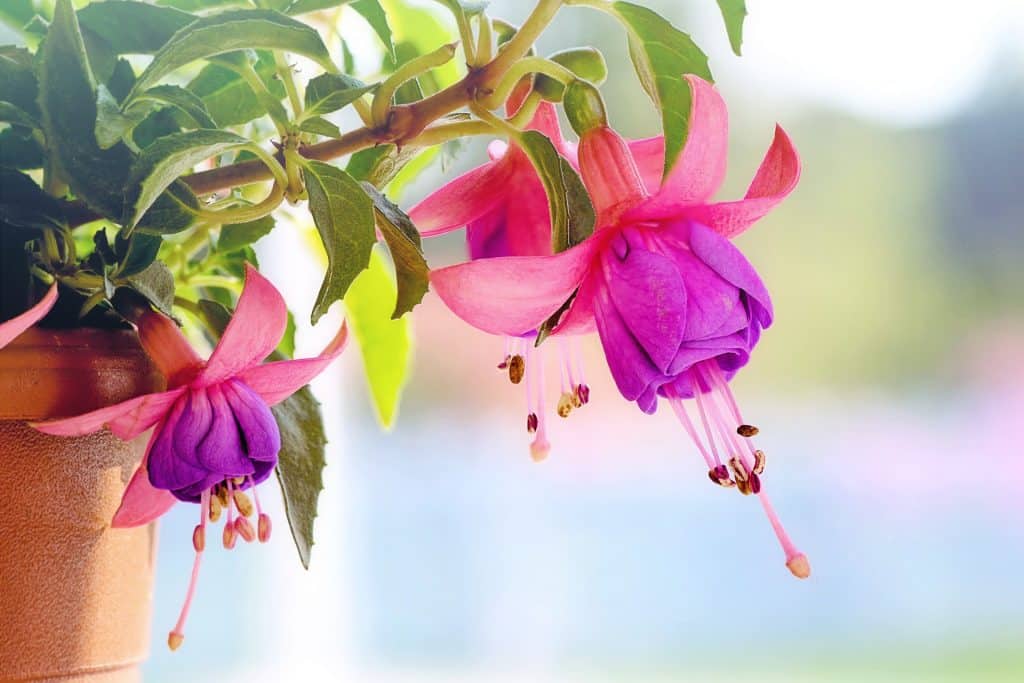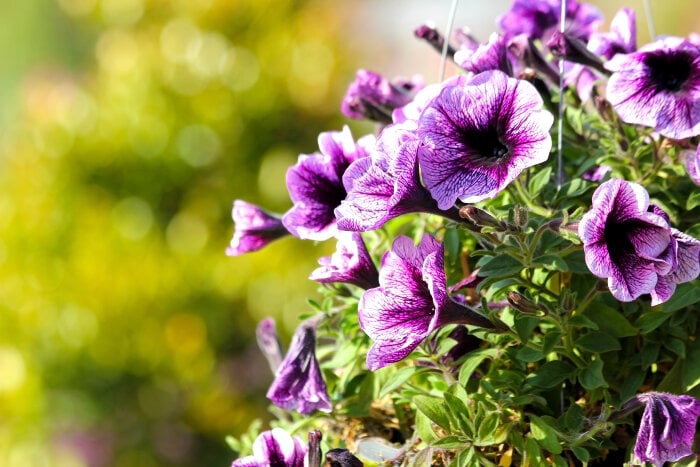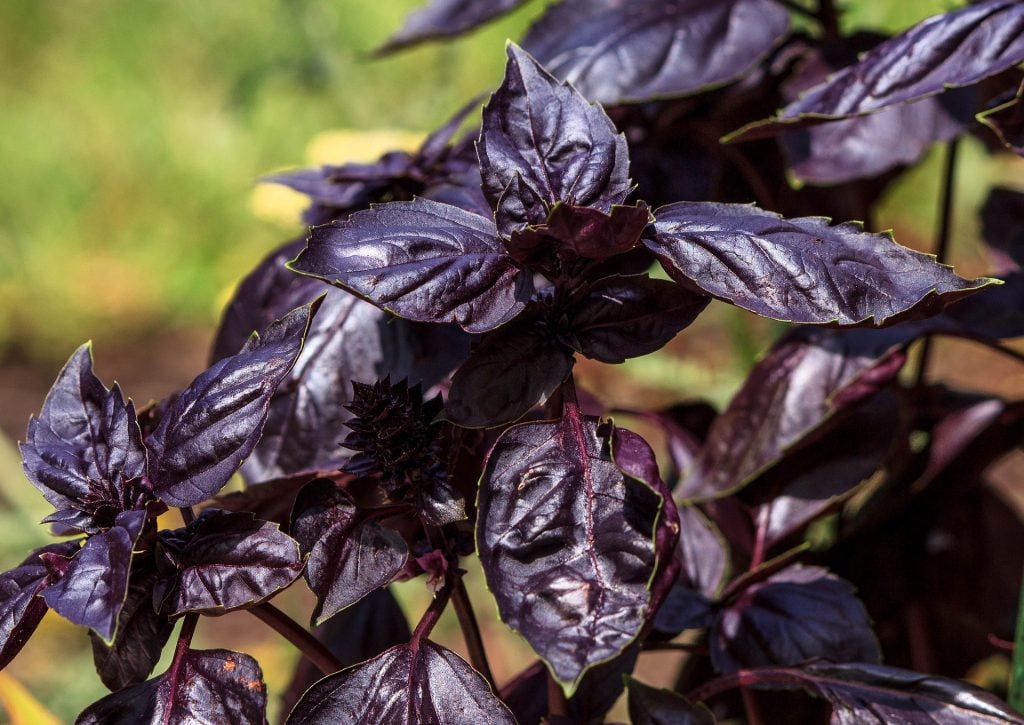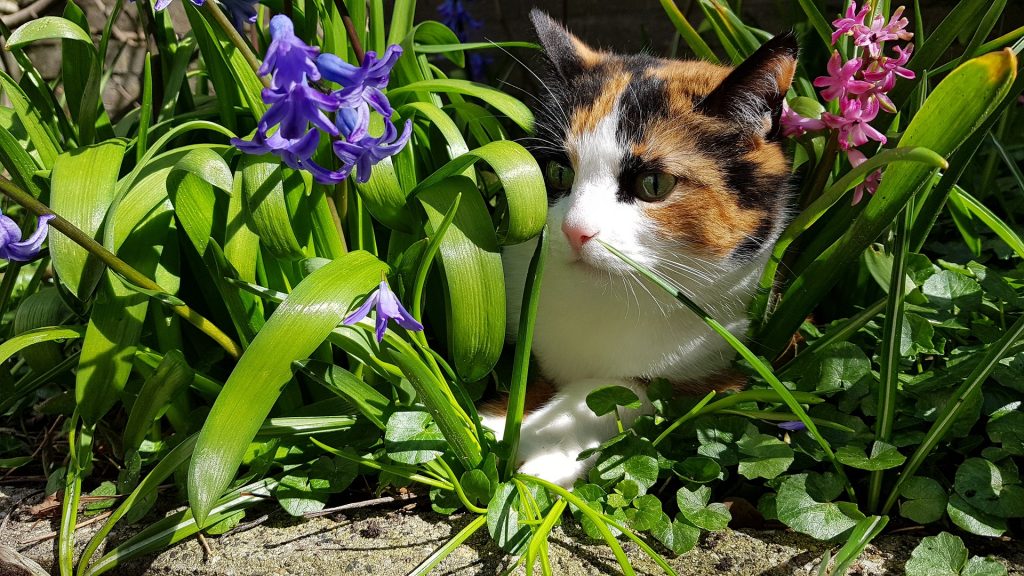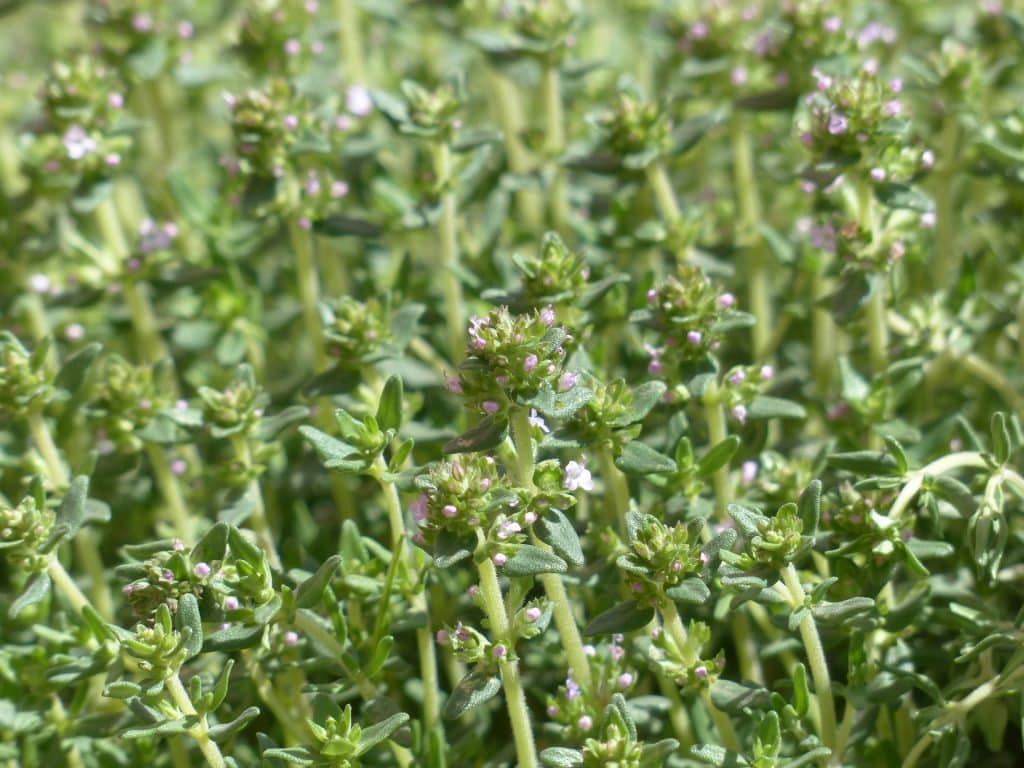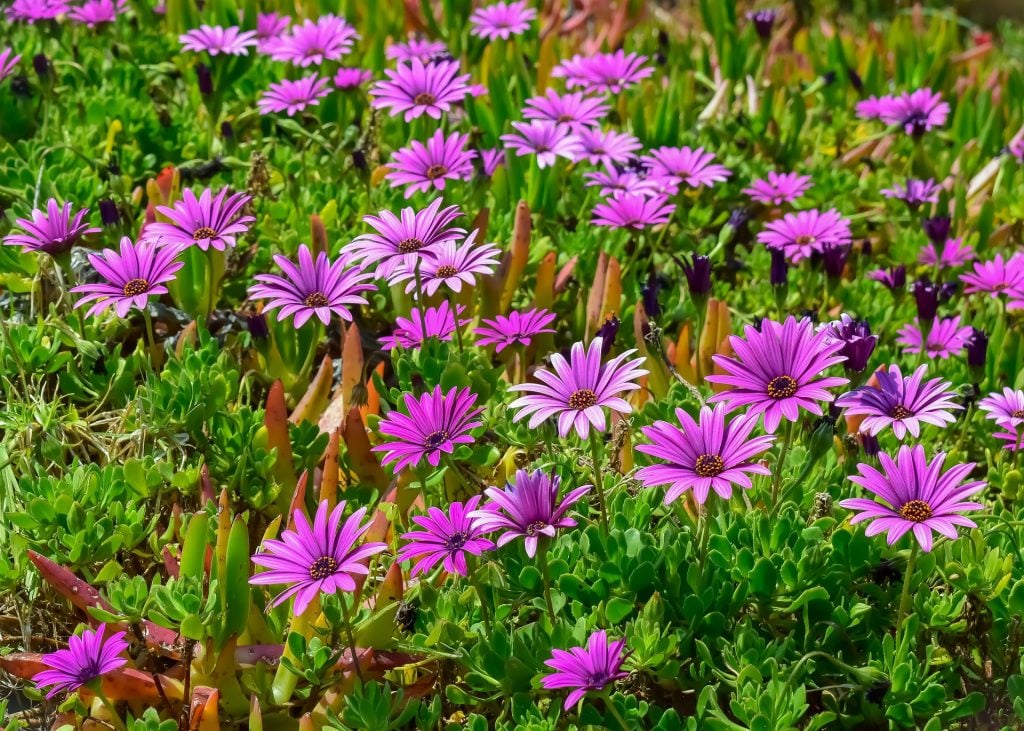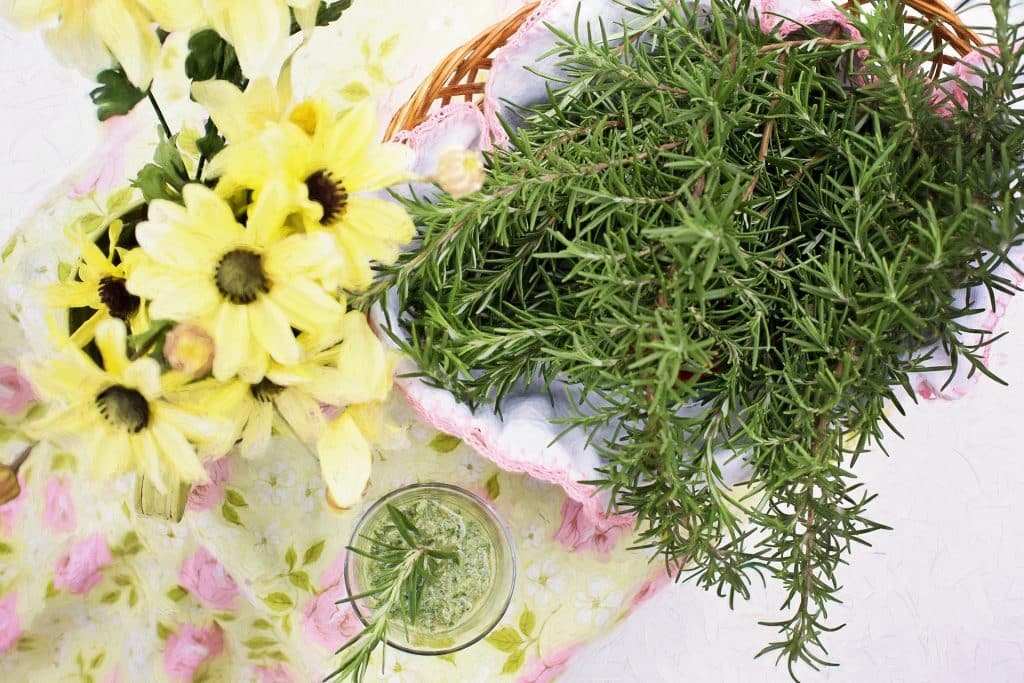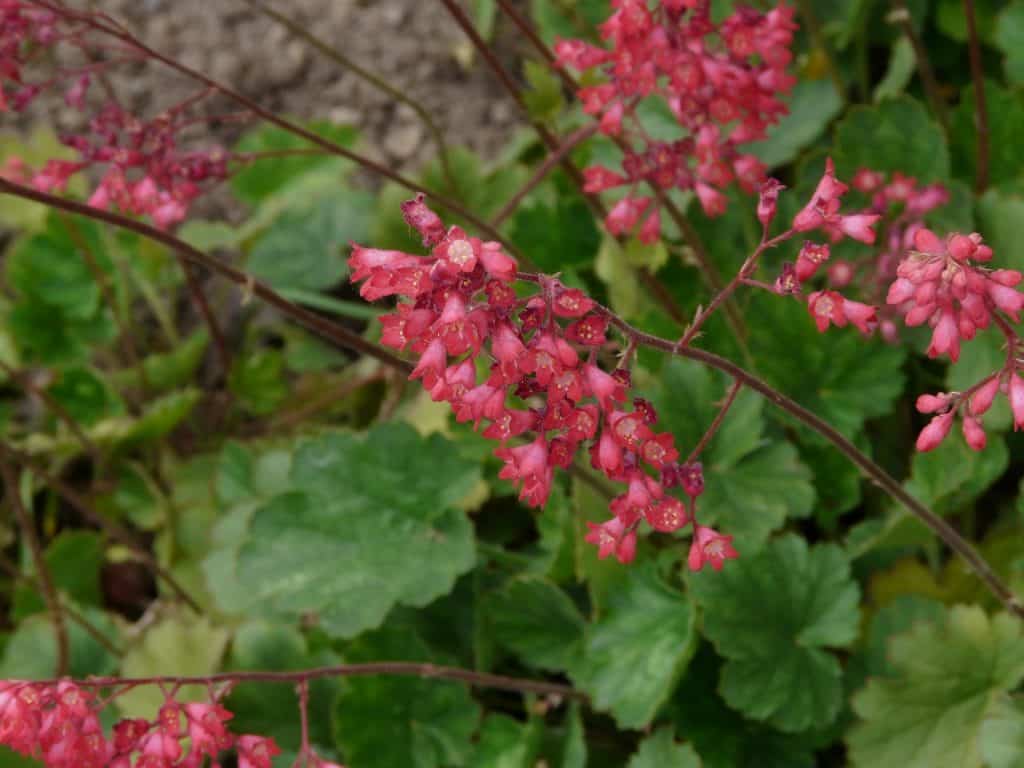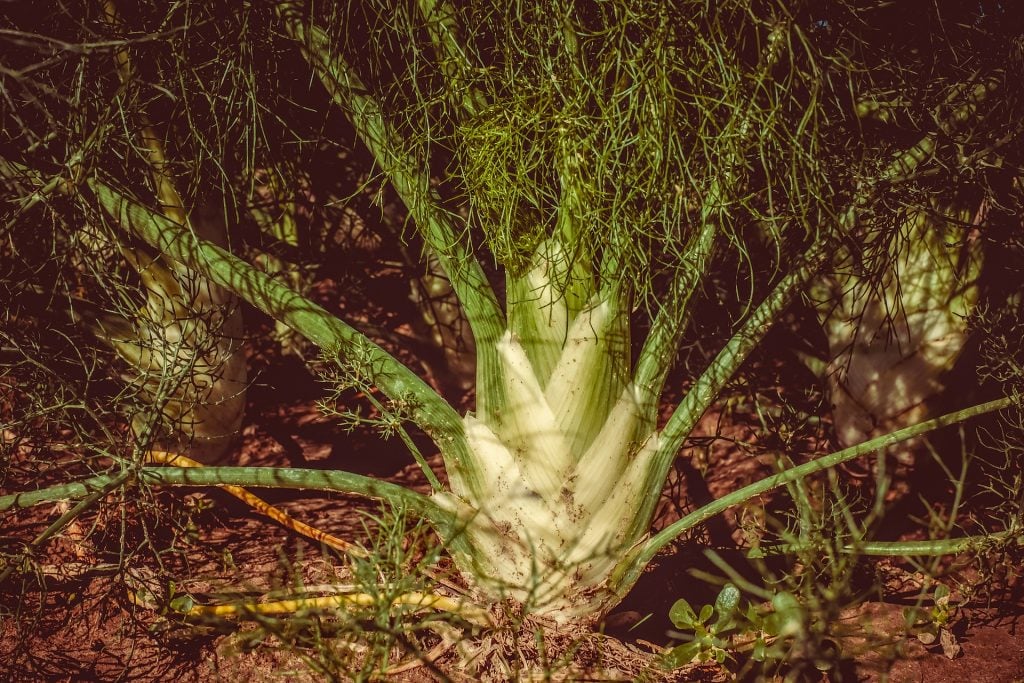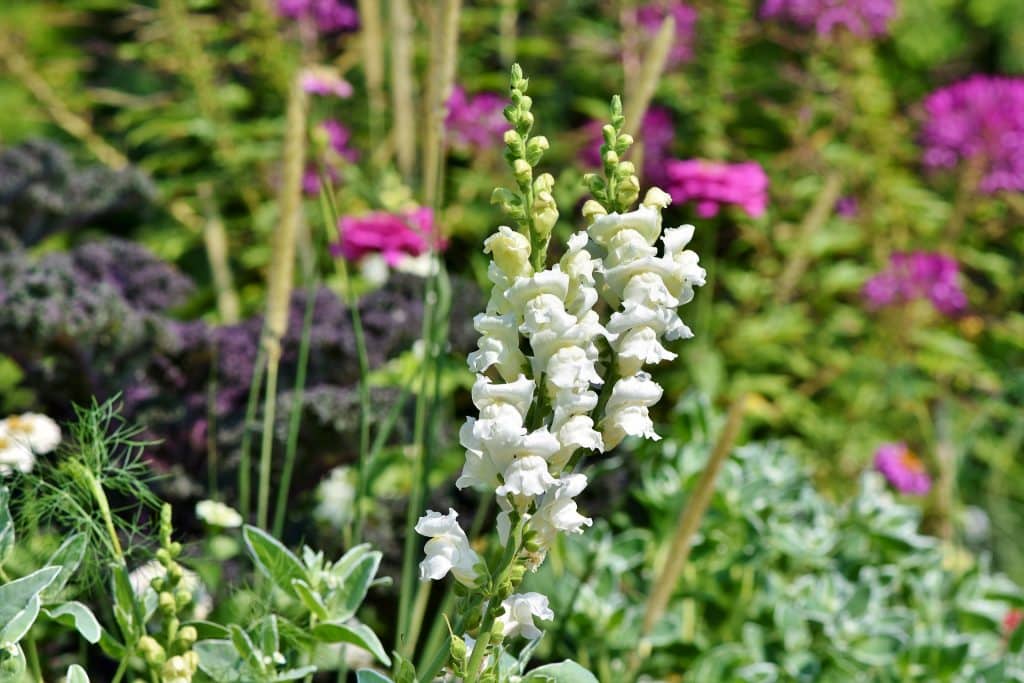Looking to liven up your garden or your balcony, but unsure which plants are safe for dogs? We’ve got you. Although several plants are toxic for pets, there are plenty of beautiful varieties you can enjoy without worrying about whether your dog decides to dig into them. We’ve picked out 20 pet-friendly garden favourites that are safe for dogs (even if they’re not exactly an ideal doggy snack).
A word of caution: it’s essential to make sure your flowers and herbs aren’t treated with insecticides, fungicides or weed-killers, as those are poisons that can cause your dog serious harm.
Dog-Safe Plants for Your Garden or Balcony
Begonias
Begonias come in climbing or trailing varieties and grow beautifully outside in partial shade. They look particularly gorgeous in hanging baskets that allow their flowers to cascade over the side.
Day Lilies
Day lilies are a low-maintenance way to add a pop of colour to outdoor gardens. They grow quickly and are quite resilient. They prefer full sun and fertile, well-drained soil.
Roses
Classic and beautiful, roses are always a crowd-pleaser, and thankfully, perfectly safe for dogs to nibble on. Just be aware that the thorns can be painful when swallowed or stepped on.
Camellias
These flowering shrubs take some work to establish, but once they’re firmly rooted in your garden they’ll keep coming back each year with little effort. They prefer partial shade, and mature plants can survive off of natural water. If the plant is brand new, it will require some watering.
Dill
Unlike parsley, which is toxic to cats and dogs, dill is an edible plant that won’t harm your pets. This herb goes well in creamy dressings, soups, and with meats. Just make sure you give it plenty of room to grow—these herbs get bigger than you expect.
Pansies
Lively and sweet, these wonderful flowers are not only non-toxic for dogs, they’re apparently also tasty. Pansies come in a rainbow of colours including blue, white, yellow, red, orange, and purple, so there’s something to please everyone.
Garden Marigolds
These flowers aren’t just beautiful—they also help bring bees to your garden and protect your vegetables (if you’re growing any). They give off a strong scent that deters beetles and other harmful bugs from infesting your edible plants. Their stunning, sun-like blooms aren’t too bad either.
Fuchsias
These elegant pink and purple flowers look great in hanging baskets outdoors. They do best in mild, temperate climates—so they’re ideal for the UK—and can remain in bloom from late spring to late autumn.
Petunias
Keep your garden smelling sweet with the help of super-fragrant petunias that easily blossom in containers and flower beds. Boasting beauty, vibrance and an amazing scent, these blooms really have it all, and it’s okay if your dog takes a bite.
Magnolia Bushes
Most people think of large, stately trees when they picture magnolias, but this plant also grows as a bush. Most magnolia bushes offer spectacular flowers in purple, pink or white. They enjoy full sun if you can give it to them.
Purple Basil
This gorgeous variety of basil whips up a delicious (purple) pesto, but also brings stunning colour to your garden beds. Plant these guys after any chance of frost is gone, and give them plenty of water and a place in the sun. Cut and eat what you want and you and your dog can enjoy until the first frost of the year.
Summer Hyacinth
These bulb perennials sprout lovely white or purple flowers in the summer that flood your garden with colour. They require regular watering and partial sunlight but will give plenty of flowers with the right care and attention.
Thyme
Another practical herb that won’t harm your pets, Thyme is a perennial plant that doesn’t need a lot of attention. Just a little water and sun, and it’s good to go. This herb goes well with roasted vegetables, meat, soups, and potatoes.
African Daisy
African daisies are a drought-tolerant annual available in a huge range of colours. These flowers add a pop of colour anywhere you want (partial to full sun) all summer long. The best part of all? They don’t smell funky like those Shasta daisies.
Creeping Rosemary
All rosemary is suitable for culinary use and pet safe, but this creeping variety is a hardy way to fill empty spaces in your garden with a low, fluffy cloud of evergreen. The trailing stems look especially beautiful cascading over the edge of a raised bed or container. This sun-loving ground cover will release a waft of scent whenever your dog scampers through.
Heuchera a.k.a. Coral Bells
Coral bells grow low mounds of leaves in a range of shades from green to orange to black, with small sprigs of tiny flowers on long stems waving far above. There are many varieties to choose from, but this variegated coral variety looks like a winner.
Jasmine
The gorgeous smelling jasmine plant comes in both summer and winter varieties. All jasmines need a fertile, well-drained soil in full or partial sun. Summer jasmine needs a sheltered spot and full sun, while winter jasmine is hardier and more tolerant of partial shade.
Polka Dot Plant
This low-growing, shade-loving perennial adds a splash of pink all summer long. It also makes a nice houseplant.
Fennel
This tasty bulb has beautiful feathery foliage and gives a delicious liquorice-like flavour to your dishes.
Snapdragons
Everyone loves a snapdragon patch. Easy to grow from seed in full sun, the plants produce a range of colours from yellow to red on tall stems. Makes great cut flower arrangements too.
Worried about poisonous plants in your garden?
Now that you have 20 great options for your garden, you may be wondering if the plants you already have in there are safe for your furry little mate. These are some of the 20 most poisonous plants for dogs and here’s a comprehensive list of toxic and non-toxic plants to refer to when you shop.
_
Featured image: Ediblesandiago



